A mother alive even after death
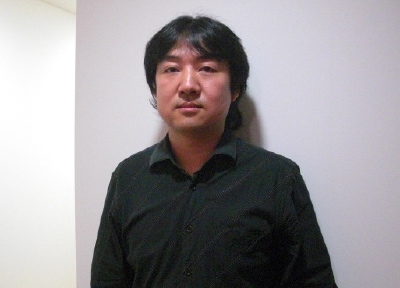
Currently on display at New York’s Museum of Modern Art (MoMA), Song Dong’s Waste Not installation was a joint effort with the artist’s mother, employing an immense collection of household goods she could not bring herself to discard. In January this year, she died in a tragic unforeseeable accident. We talked to Song on a recent visit to Japan about his subsequent state of mind.
Interview: ART iT
– First of all, allow me to express our heartfelt condolences for the loss of your mother. Word has it she died tried to save an injured bird…?
That’s right. There was a little bird that was hurt, up on the branch of a tree in our garden in Beijing. She climbed a ladder to go to its aid, and slipped… My wife and I had gone to the Australian embassy to get visas, and she was at home with just our six-year-old daughter when it happened. After the accident, I was too upset to stay in the house, so moved to my workplace. I hardly slept for about five months.
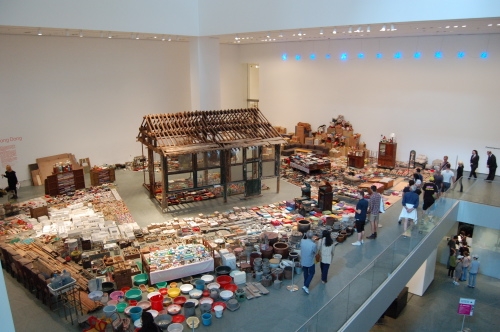
Waste Not, Museum of Modern Art, New York 2009
– I believe Waste Not began as a project to comfort your mother following the shock of losing her husband, your father, in 2002. Part of the installation consists of a neon sign with a message for your father.
Yes, “Dad, don’t worry, Mum and we are fine”.
– Has the meaning of the work changed with the death of your mother?
No, it was always intended to be for my mother and father, for the whole family in fact. In New York someone described it as ‘the belongings of the deceased’, but it’s not. In 2005 when I first assembled Waste Not my mother was of course alive, and she subsequently went on to collect various other things too. So she lives on in the work.
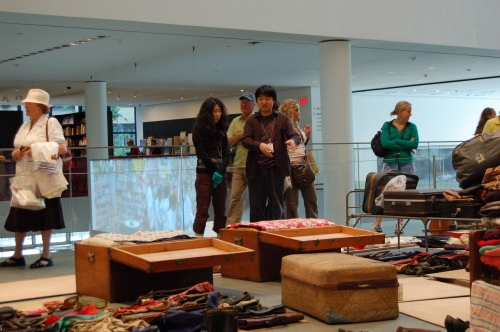
Song Dong and Yin Xiuzhen installing Waste Not at MoMA
– This time I believe you were assisted by your older sister, and your wife, the artist Yin Xiuzhen.
Yes. Waste Not has turned into somewhat of a family effort. We continue creating it, with my parents watching over us from above. At the moment I’m actually looking for a place in Beijing to build a home that will also function as an art museum. A museum with this work on permanent display.
Art as life itself
– You seem to have had a favorable response in New York as well; have you noticed any East/West difference in how the work is received?
I imagine in both East and West there are people who will look at it with the same thoughts and emotions, but I suspect that as most Chinese live in much the same way, they’ll have a lot more in common with my mother. Take soap for example, if they look at the soap they’ll find it evoking similar emotions. People in the West tell me they were ‘moved’, but they won’t find much there very familiar to them. They tell me they want to look in a catalog and find out more about what they’re seeing.
Meanwhile the experts in New York have commented that it ‘exploded all their preconceived notions about Chinese art’. Discussions of Chinese art have to date dealt with only two viewpoints, that of politics, and the market. But China has so many good creative people doing work unrelated to either. They say my work brought this home to them.
– But while a lot of your work does indeed deal with topics like memory and history, a considerable slice of it also tackles politics, surely?
Well for me, art is life itself. To my mind ideas and thoughts are paramount, so it’s only natural that political themes will make an appearance.
Right now for example I’m working on a piece called Intelligence from Poor. In Beijing, ten or more households share traditional courtyard homes known as siheyuan. The government prohibits any extension or alteration of these houses. However, if you say you want to build a shed for your pigeons, you’ll get permission. So you start by building a pigeon shed, then a year later enlarge it and use it as a storeroom, then a few years later, alter it again so people can live in it. I’ve been researching and gathering this sort of ‘intelligence’, if you like.
I have a total of seven works on the go based on this kind of wisdom. Poor people have as much right as anyone to use their nous to make life more convenient, in fact doing so is essential for their survival. The way we live affects how we see the world, and I want to express that not in words, but through actual ways of living, or through art.
– I look forward to seeing the result. To finish, do you have a message for our readers, or for younger artists?
People, things; it’s true you never really do appreciate what you’ve got till it’s gone. When you have all five fingers, the ones you use most are your thumb, index finger and middle finger, and the little finger tends to be ignored. It’s only when that finger is disabled or lost you realize just how important it was. But rather than realizing after something’s gone, actually we need to notice how important it is when it’s there.
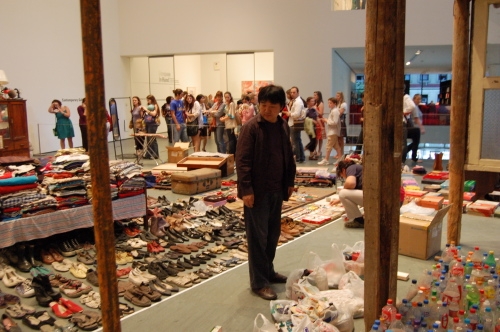
Song Dong installing Waste Not at MoMA
Song Dong
Born 1966 in Beijing. Graduated 1989 from the College of Fine Arts, Capital Normal University. Lives and works in Beijing. Song Dong’s work embraces primarily photography, video, and installation projects. His solo exhibitions include Another Lesson, Do You Want to Play with Me ? (1994, Beijing), Song Dong in London (2000), and Waste Not (2005, Beijing). He participated in the Gwangju Biennale (1995 and 2002), Cities on the Move 7 (1999, Helsinki), the Taipei Biennale (2002) and many other major international exhibitions.
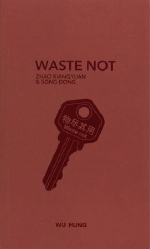
Catalog: Waste Not, 2009
Written by Wu Hung
Published by Tokyo Gallery + BTAP
3,000yen
ISBN 978-4-904149-02-7
http://shop.toazo.com/tokyogallery/products/detail.php?product_id=351
ART iT Review
Projects 90: Song Dong
https://www.art-it.asia/en/u/admin_exrev_e/BNh0KI85y9aYeWH2jxAQ/
